
 Pest management ... integration a must.
Pest management ... integration a must.
TODAY, more than ever, consumers expect pure, wholesome food products manufactured, prepared, stored and served in a clean environment, free of not only pests but also hazardous additives and other contaminants.
Good sanitation, which is but one part of good manufacturing practices (GMPs), refers to the procedures that help realise customer expectations on the basic principles and practices of sanitation, especially as they relate to pest management in food processing.
In any food establishment, a sanitation programme must have the full support of top-level management to be effective. Legally, high ranking officials such as presidents of large companies have been held personally responsible for a company’s lack of sanitation practices – which include leaking pipes, unscreened windows or even improper disposal of garbage – even though direct supervision of the sanitation programme may have been delegated to others.
It is important for the pest management professional to communicate to the plant manager that sanitation and all pest control operations must be considered a priority. Most plant managers understand the potential health, legal, and financial consequences of infestations. The cooperation of all senior plant managers is essential to obtain cooperation of other plant personnel.
It is also of utmost importance for the professional to review the entire plant layout along with the plant management to become completely familiar with all aspects of the plant and its operations. Usually, prior to the inspection, the plant management should be interviewed about the history of inspections, previous or current pest infestations, previous citations, and all plant procedures involving products, inspections, storage and stock rotation, damaged goods storage and disposal, water disposal, plant and grounds maintenance, and any other tasks that may affect plant sanitation and pest management.
Such a review together by the plant management and professional pest control operators results in both effective communication and effective pest management.
The GMPs require that overall sanitation of the plant be under the supervision of an individual who has been assigned responsibility by the quality assurance (QA) manager, usually the key contact for the pest management professional in obtaining cooperation, including agreeing on protocols and responsibilities for implementing chemical and non-chemical control measures.
In many cases, the recommendations of the professional help the QA manager to obtain approval for improvements. The sanitation report also encourages follow-up by plant personnel on actions they have agreed to carry out.
The entire situation should be evaluated and all types of pest problems addressed, including design and integrated pest management system, as a prerequisite of the Hazard Analysis and Critical Control Points (HACCP) programme spelt out by the American Institute of Baking International (AIB). Masa Establishment is a member of AIB and can provide a comprehensive pest management programme for food establishments.
This programme anticipates pest problems, takes steps to avoid or prevent them, and includes constant inspections and monitoring to detect problems in the early stages before it’s too late. It is not acceptable to merely react to pest problems after they have grown to troublesome levels.
Offering a complete sanitation service requires that competent and trained personnel be available. Such professionals must be familiar with and have, at least, attended training courses in the fields of bacteriology, microbiology, chemistry, sanitary engineering, food hygiene and sanitation and, most importantly, pest management. In addition, they must have an understanding of the processes in the food plant they are inspecting.
The GMPs should regulate food plants to necessarily have a thorough sanitation system, which includes inspection and extermination of pests, dirt and other filth and fomites that may be source of food contamination. These usually cause diseases such as typhoid fever, cholera and food poisoning caused by bacteria, which are transmitted by vertebrate and insect pests like cockroaches, flies, and rodents.
Furthermore, no animals or birds, should be allowed in any area meant for food manufacturing. Effective measures must be taken to exclude pests and to protect against the contamination of foods on the premises by animals, birds, and vermin.
Clearly, a legal basis exists for substantial effort to prevent and eliminate pests within a food manufacturing facility. Normally, the approach to managing pests that is most in tune with legal and consumer requirements is an integrated pest management (IPM), which includes the use of comprehensive and interconnectedness of all mechanical, biological, chemical, and physical methods available to the pest management professional.
The pest control management programme by Saudi-based Masa Establishment for Pest Extermination, Maintenance and Construction adopts only the most effective and proven techniques and practices in pest control as well as standard operating and quality procedures incorporated in the company’s policy guidelines.
Through these, Masa aims to maintain a high commitment of quality services that will meet customers’ requirements and satisfaction. This is also indispensable for the health, safety, comfort and convenience of the public, the environment and future generations.






.jpg)
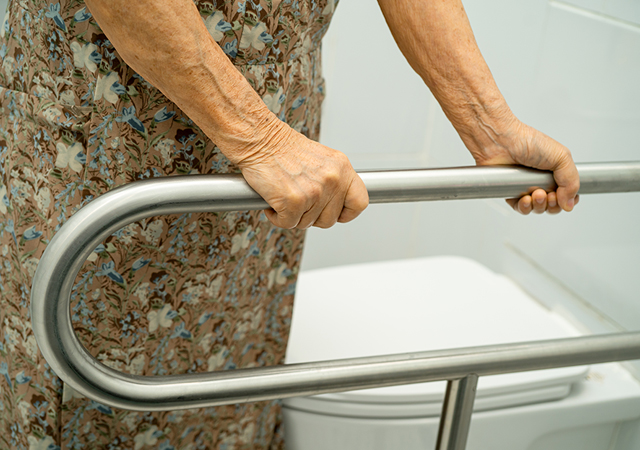








.jpg)

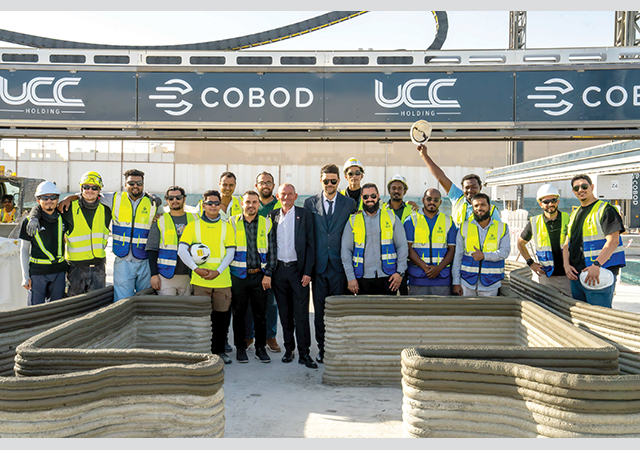
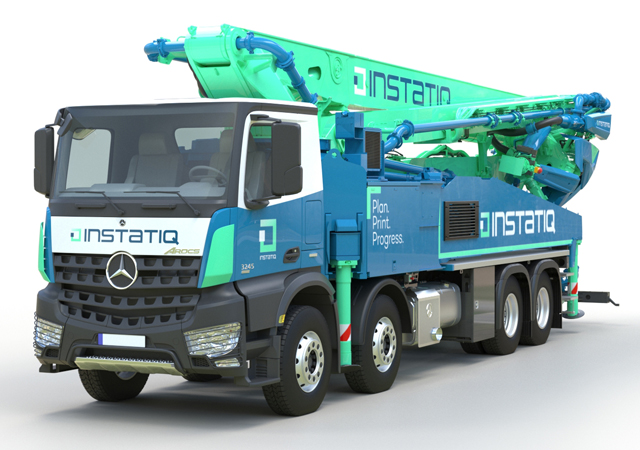


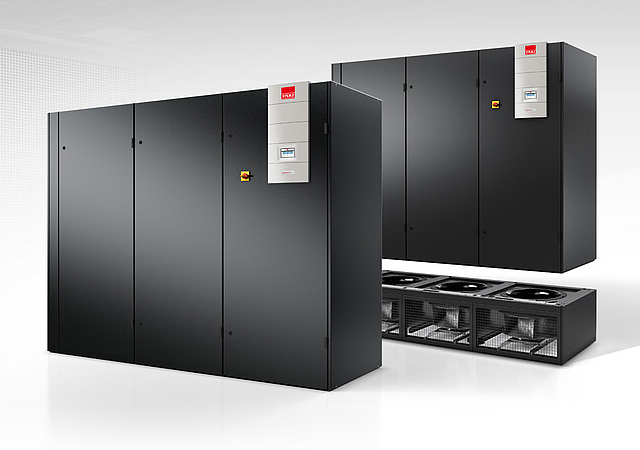
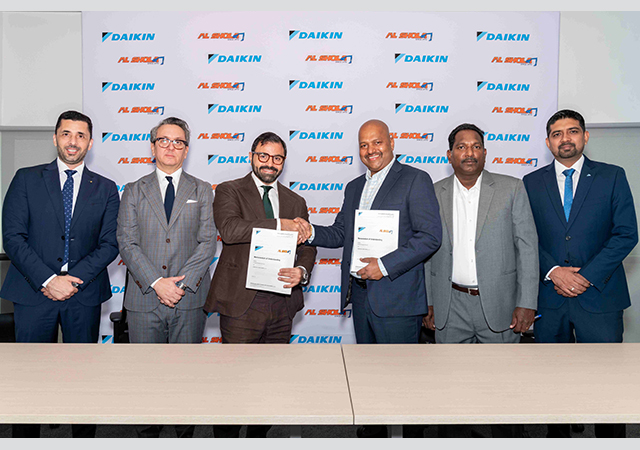

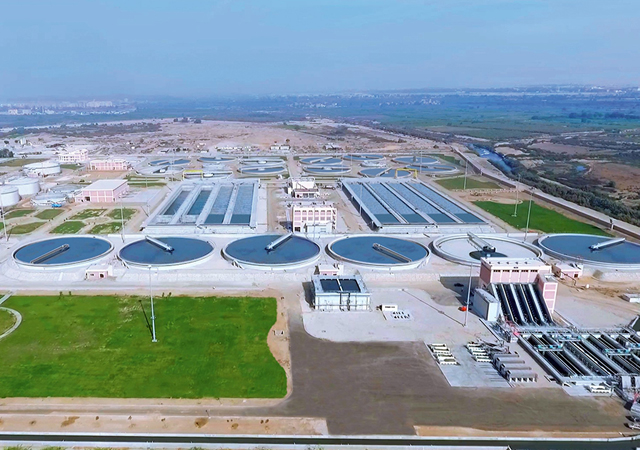




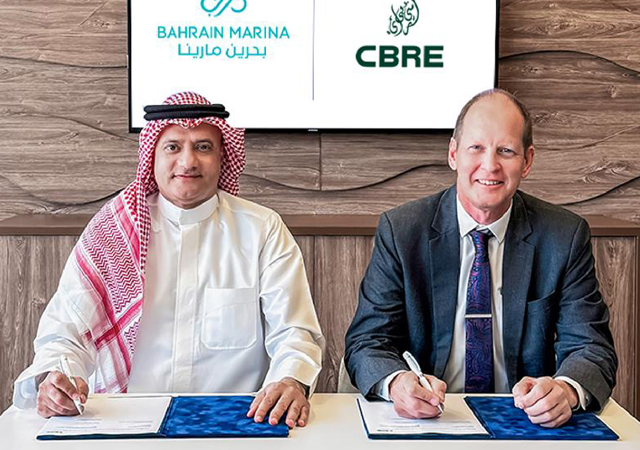

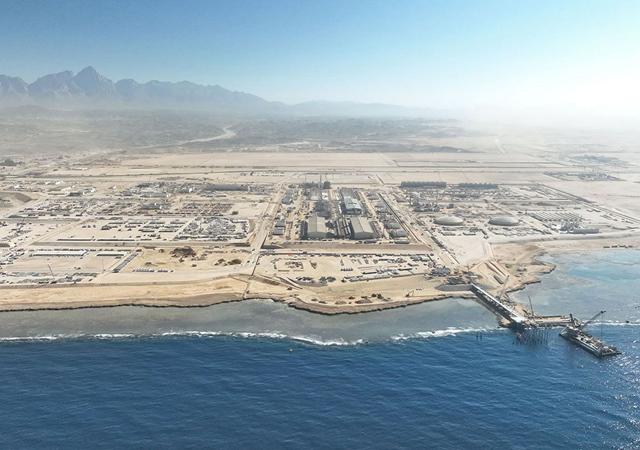
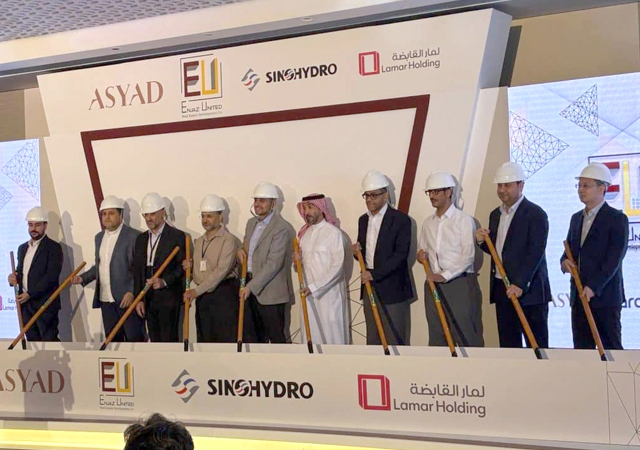
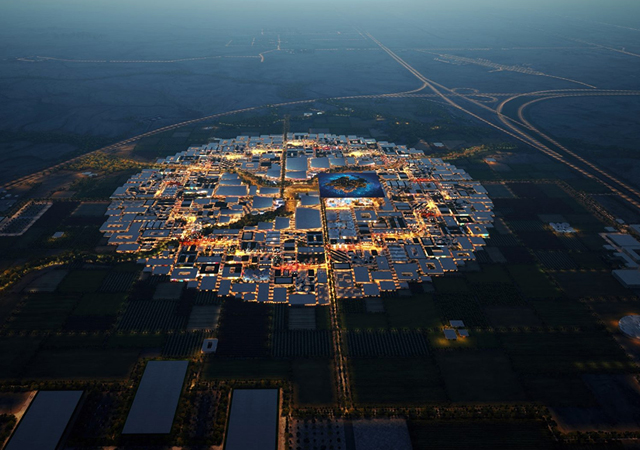
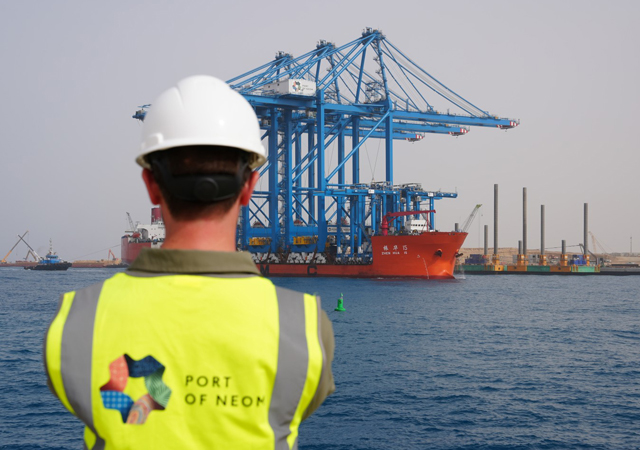

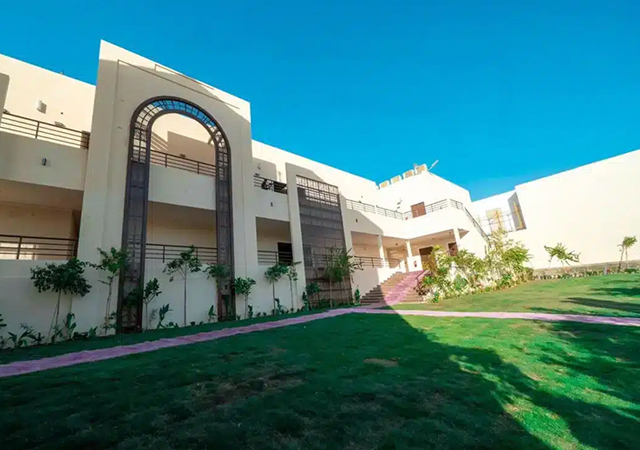

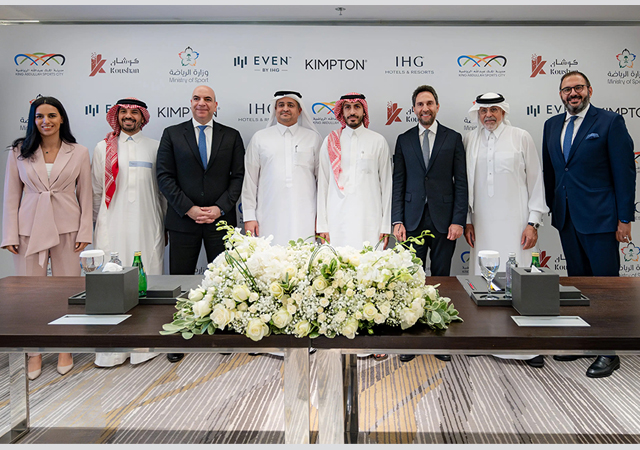
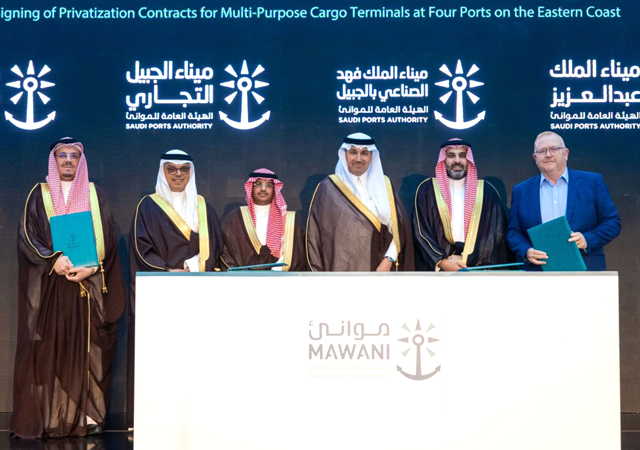






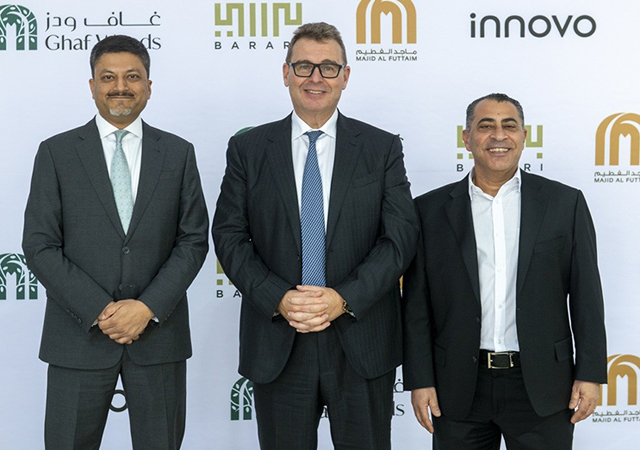




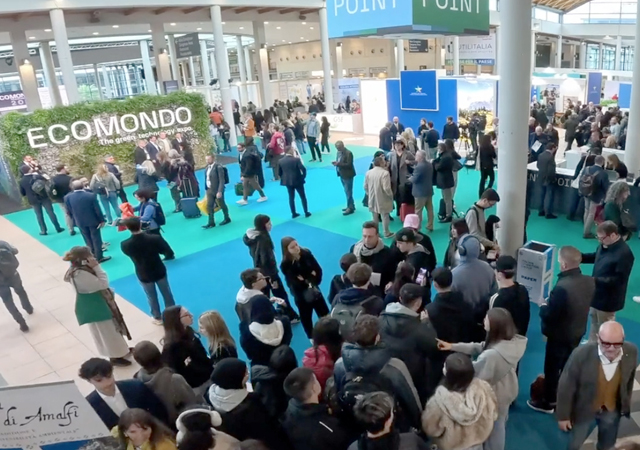
.jpg)



